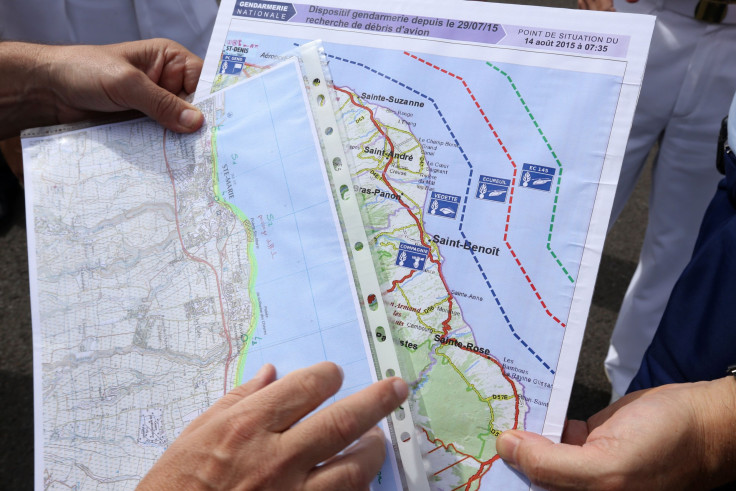Missing Flight MH370 Motivates New Satellite System To Allow Real-Time Tracking Of Commercial Aircraft

A decision at a United Nations conference in Geneva earlier this week will enable real-time tracking of commercial aircraft anywhere in the world using satellites -- a move directly influenced by the disappearance of Malaysia Airlines Flight MH370. The Boeing 777-200 plane went missing on March 8, 2014, with 239 people on board.
The agreement on using satellites to track planes was reached Wednesday at the World Radiocommunication Conference (WRC), which was hosted by the U.N.'s International Telecommunication Union (ITU) that aims to improve the current tracking system that relies on ground-based radars.
"In reaching this agreement ... ITU has responded in record time to the expectations of the global community on the major issue concerning global flight tracking," the organization's secretary general, Houlin Zhao, said, in a statement.
The deal will enable satellites to receive transmissions, known as automatic dependent surveillance-broadcast (ADS-B). Currently, these transmissions are only sent to other aircraft and to ground stations, which limits their effectiveness when aircraft are traveling in remote areas or over oceans.
“The allocation of frequencies for reception of ADS-B signals from aircraft by space stations will enable real-time tracking of aircraft anywhere in the world,” Francois Rancy, head of ITU's Radiocommunication Bureau, said.
Flight MH370 was on its way from Kuala Lumpur to Beijing when it lost contact with air traffic control. Days after its disappearance, Malaysia’s communications minister urged the ITU to help find ways to enable transmitting flight data in real-time.
In September, the European Union said it would pursue plans to impose mandatory flight-tracking in response to Flight MH370's disappearance. The satellite tracking would send data to air traffic controllers every 15 minutes.
The U.N.’s aviation arm, the International Civil Aviation Organization (ICAO), has set a deadline of November 2016 for airlines to install tracking technology.
The effort from global regulators came as a revival of recommendation from French investigators after the crash of an Air France jet in the Atlantic in 2009.
Despite international search efforts, Flight MH370’s disappearance remains unsolved. In July, a wing component was found on Réunion Island in the Indian Ocean. After weeks of analysis, French prosecutors confirmed that the flaperon belonged to the missing Boeing 777-200.
Over, 27,000 square miles of the southern Indian Ocean have been scoured by search vessels, with crew members facing challenges due to the remoteness of the search area, Australia’s Joint Agency Coordination Centre said Wednesday.
“The WRC’s action today will enable better tracking and location of aircraft that otherwise could disappear from terrestrial tracking systems,” U.S. Ambassador Decker Anstrom, said in a statement.
© Copyright IBTimes 2024. All rights reserved.











